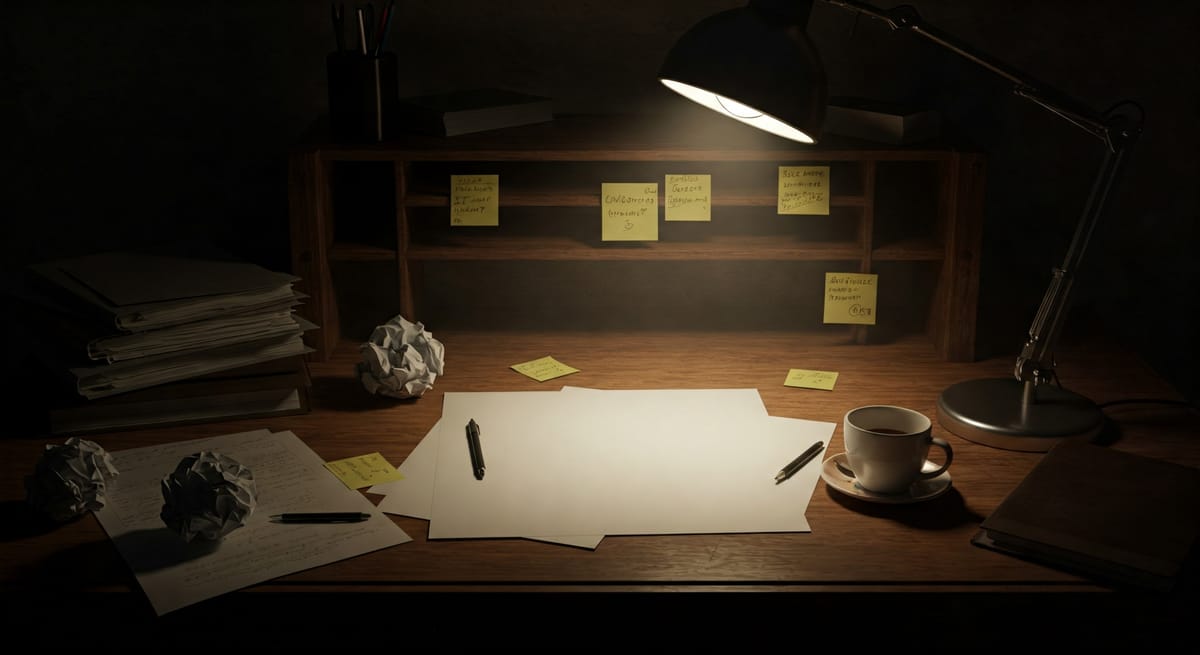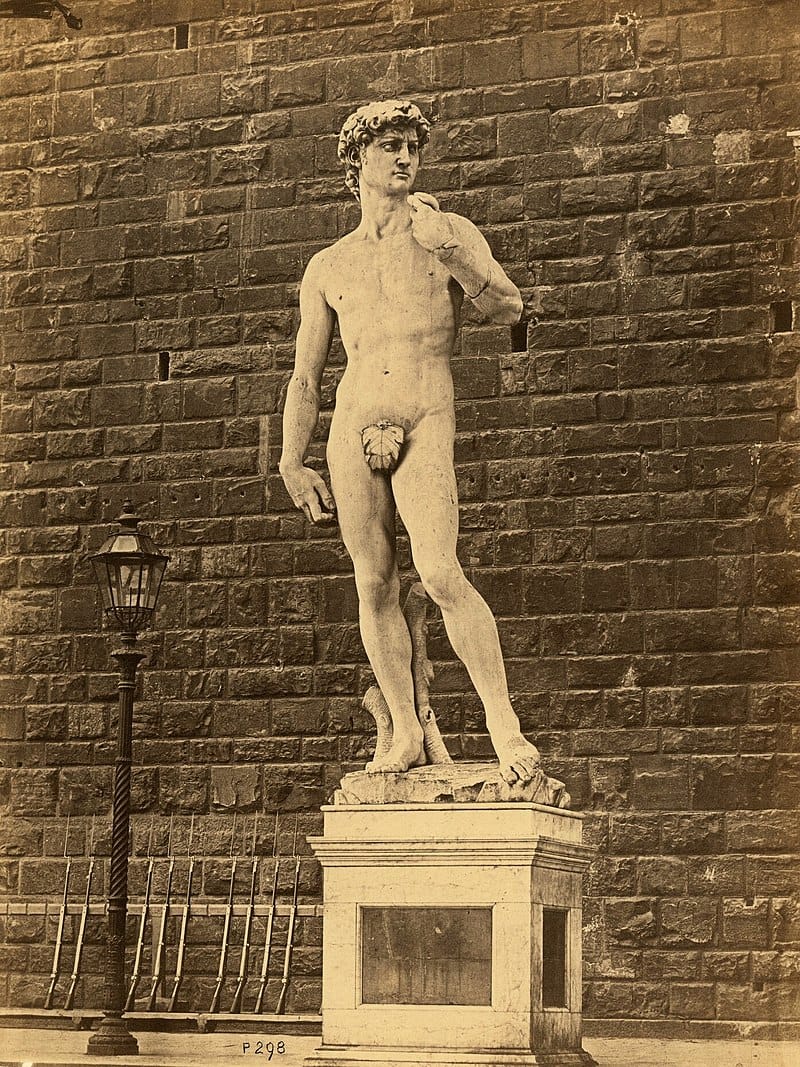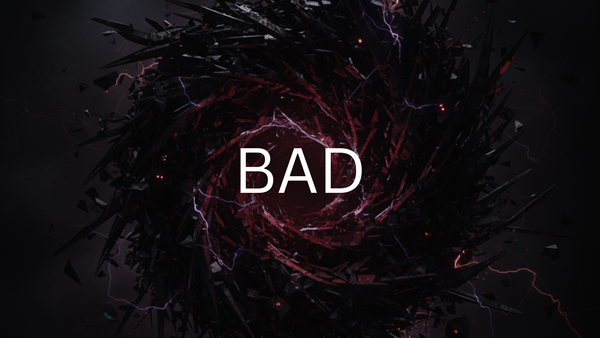Why Bother? And the Art of Showing Up Anyway

“Why bother?”
As an aspiring writer, it’s something I say to myself more often than I’d like as I sit at my desk each morning with a freshly brewed cup of coffee in my hand trying to figure out what to write for the day. Besides the obvious case of imposter syndrome and perhaps a lack of self-esteem, writing at times feels more like an obligation to maintain momentum rather than stemming from an innate desire to either tell a story or have a meaningful position that I would like to share and change the reader’s life. That’s not who I am.
I haven't had much life experiences (I'm still in my 30s) and neither am I someone who has a lot of strong opinions on many things. I accept things as they are, and because of that I feel that I don't often write to convince people of what they should or should not do, or possess any strong, altruistic desire to help people.
I don't have a deep sense of cultural pride placed in some ethnic or minority group that feels that the world would be a richer place if I shared my own personal story nor do I feel the need to create my own fantasy world to help others escape from an oppressive reality. I definitely do not have J.R.R. Tolkien’s level of fascination with culture and language to be able to create new languages and write a whole fantasy world to just the sole purpose of using that language.
It doesn't help to be surrounded by seemingly more successful people online. Any app you open will shove in your face the innumerable amount of people who have more motivation, life experience, or passion for a craft that I so obviously lack, and if I’d spend any more time in self-reflection, I would wonder if it was something I had any skill or aptitude in at all.
So, “why bother?”
Perhaps the answer lies in the creation of art itself. These days, we see tools such as generative AI taking the place of actual artists in the creation of art. While I won’t go into the nitty-gritty as to why using these tools are wrong or their applications misplaced. The speed and immediacy that these tools afford robs the creation of an important aspect of creating art.

Works of art that stand the test of time tend to… for lack of a better phrase, take time. It’s something I’ve learnt as I’ve spent countless hours editing books for first-time writers who’ve tried to circumvent the writing process by using tools such as OpenAI’s ChatGPT or Google’s Gemini. Their works tend to either lack a clear artistic vision or authorial voice as they copy the output of their prompt without a second thought or hesitation.
Let's compare this to the work of Michelangelo’s David, it is an amazing sculpture displayed in Florence, Italy and one of the greatest works of art in the world. For 600 years, it is one of those sculptures that has stood the test of time. It took nearly 4 years to be created in part due to the tools of the time and the sculpture needing to be carved from marble.
The project was actually started decades earlier by Donatello, but the marble block proved challenging and was left unfinished for years before Michelangelo won the commission to continue this work. At the time, it was in such a poor state that it was a project that most would have considered insurmountable. This history is one of the reasons why this work is so revered. It wasn't an easy project. These days, we could hit undo on our mistakes but to do what was needed to save the statue of David would require a deft hand.
This was where Michelangelo’s knowledge of human anatomy and sculpting skill that he was able to create his masterpiece. His expertise was the thing that ultimately saved the project and his eye for detail in replicating human anatomy, the subject of art textbooks to this very day.

One common struggle Michelangelo had is a struggle we all face today. He didn’t just go off into the wilderness, isolated from the world and came back with a completed sculpture although he had a private studio to maintain his secrecy. His work was one that had a lot of eyes on it due to it being commissioning by the church and living during the Renaissance period meant you would be hearing about your peers (and rivals) such as the famed Leonardo da Vinci, Raphael and Donatello. If he had known the powerhouses he worked alongside those days, I wondered if he would feel the same pressure we would if we were to compare our writings to the works of Shakespeare or Stephen King.
Would he have critics or listened to the comments that he was given by his superiors? Was he paralyzed by not wanting to create something subpar that would tarnish his reputation (he would have been in his late 20s at that time)? I’m sure these are things that we can find relatable even to this very day and a source of anxiety for some of us.
These days we tend to attribute a sense of historical significance to our artists and creators as well. Either due to marketing or the virality of social media, we won’t know who the greats of our time would be and whether or not our works will have an impact until our descendants come along. So there’s really no point comparing ourselves to our peers as though they’ve made it and we haven’t. We might be the Van Gogh of our time, not discovered until we have long passed from the mortal coil.
We tend to think that artists create in a vacuum. Everything is about their art, devoid of all external pressures. But this wasn't the case, art is about life experiences, history and vision. And Michelangelo embodied this as he turned his white marble slab into the masterpiece that is still standing today.
All this is to say, that to create something great. It takes time. Michelangelo didn't just show up to a meeting room one day and everyone said, let's hire him. He became an art apprentice at the age of 13 and it would be 10 years later when he sculpted The Pieta. He would then start on David a year later after months of inspecting the damaged marble block. And from there he would take 3 years to complete David. It took time, preparation and even then more time to complete what is considered Michelangelo's masterpiece and he would then go on to paint the Sistene Chapel.

Today, that white marble slab could be the cold, white glow of our text documents and for others it might be a white canvas. I find myself going back to my original question,
“Why bother?”
Perhaps the answer to that question is to figure it out one stroke at a time. Like how Michelangelo sculpted the statue of David. That I should think of myself as a work of art in itself. That as I create, I am transforming myself into something more concrete as well. Like a blob of clay, I slowly shape, and reshape, myself.
Perhaps to encourage my fellow artists out there who ask themselves “why bother?” Work on yourself and your skills. Stop comparing yourself to your peers and ignore the haters. Keep on creating. And like David, prepared to face our Goliaths–those internal doubts and external pressures that threaten to stifle our creativity.



